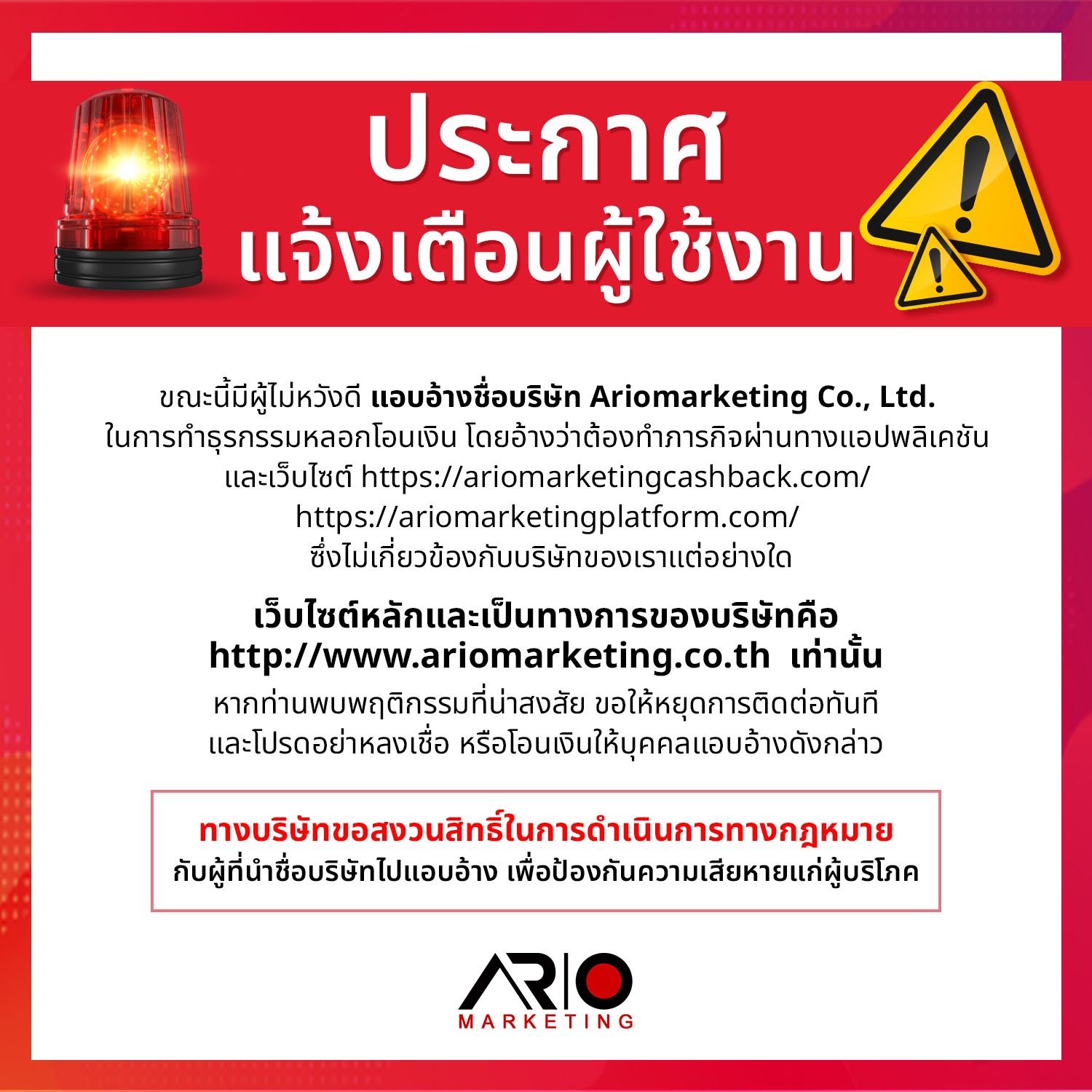When visitors land on your website, they make a decision in just seconds — whether to stay or leave. It’s not your product, not your words, but your design that speaks first. In Thailand, where cultural cues and visual perception play a big role in purchasing behavior, the psychology of web design becomes even more important. This is especially true for businesses focused on creating the best website design for Thai customers — where subtle visual choices can lead to big differences in conversion and trust.
In this article, we explore The Psychology of Web Design and how elements like color, typography, and layout directly influence Thai customer trust, emotions, and conversions. Whether you’re launching a new site or redesigning an existing one, understanding the psychology behind your design choices can give your business a powerful edge in the Thai market.

Color is one of the most powerful tools in a website’s emotional toolbox. In Thailand, colors also carry deep cultural and symbolic meanings, often influenced by traditions, astrology, and religion.
Tip: Use colors that resonate with your target demographic in Thailand, while keeping contrast and readability in mind.
Understanding how different age groups or regional customers in Thailand respond to color can help you further fine-tune your palette. For example, older Thai users might respond better to traditional tones like gold and maroon, while younger users prefer minimalist white tones with pastel highlights.
Fonts affect how people feel about your brand. In Thailand, where many websites are bilingual, choosing the right font in both Thai and English matters.
Avoid using too many font styles. Stick to 1–2 fonts that match your brand identity and maintain visual harmony. Clear hierarchy and spacing are crucial for mobile users — who make up most of the traffic in Thailand.
When choosing fonts, consider brand identity, readability, and even font psychology. A Thai skincare brand, for instance, may use soft, rounded fonts to create a feeling of warmth and approachability, while a tech company may go for clean, minimalist fonts that convey precision and professionalism.
A good website layout guides users from curiosity to action. In Thai culture, where people may scan more visually than read in-depth, clarity and flow are key.
The layout should reflect Thai user habits: quick scroll, mobile-first, and emotionally driven decisions.
A structured, visual-first layout is especially important for product-focused websites like beauty or skincare. Break long text into digestible sections, use authentic Thai imagery, and guide users naturally from interest to inquiry.
A beauty clinic website using white, gold, and pastel pink can create a sense of trust, elegance, and comfort. Paired with soft Thai fonts and clear before-after galleries, it triggers emotional assurance for new visitors.
With strong visual flow, fast mobile loading, and a prominent LINE button, the site can convert casual browsers into paying customers.
Many successful clinics also embed short testimonial videos or before-after sliders near CTAs — visually reinforcing results. When customers feel emotionally safe and see social proof, they’re far more likely to make contact.
Design is not just decoration — it’s a strategic tool that connects your business to Thai consumers emotionally and culturally. The right combination of color, typography, and layout builds trust, improves engagement, and drives real results.
Whether you’re in Bangkok, Chiang Mai, or Phuket, investing in the best website design for Thai customers means aligning your visuals with local expectations, preferences, and values.
If you’re designing a website for the Thai market, it pays to understand how your users feel, not just what they see.
ArioMarketing is a trusted website design company and a leading digital marketing agency in Thailand. We specialize in WordPress web design, SEO, and mobile-first user experiences tailored for Thai audiences.
Whether you’re looking for a full-service web agency in Bangkok or a specialized SEO agency, we’re here to help. Contact us today for a free consultation!
The psychology of web design refers to how visual elements like color, font, and layout affect user emotions, trust, and decision-making. A well-designed website can influence how people perceive your brand and take action.
In Bangkok, cultural cues, mobile usage, and visual trust play a big role. A good design helps build credibility, especially when users often judge your brand in just a few seconds.
It depends on your industry. For example, gold and white work well for luxury or beauty brands, while blue is trusted for healthcare and finance. Always consider local preferences and emotional impact.
Fonts like “Sukhumvit” and “Mitr” are modern and easy to read. Paired with a clean English sans-serif font, they create balance and professionalism for bilingual websites.
A clean, mobile-friendly layout with clear CTAs guides users toward actions like making inquiries or purchases. In Thailand, users prefer fast-loading pages with simple navigation.
Yes. A well-structured, fast, mobile-responsive website improves user experience and helps your site rank better on Google. It also lowers bounce rates and increases time on site.
Use real testimonials in Thai, include LINE or phone contact options, and show local credibility (e.g., awards, reviews, or certifications). Visual proof builds trust.
Working with a local agency ensures your website reflects Thai culture, language, and user habits. Agencies like ArioMarketing also understand how to align design with digital marketing strategy.
